For millennia, birds have performed remarkable migratory feats, traveling thousands of miles across continents and oceans with astonishing precision. Many species rely on celestial navigation, using star patterns as reliable signposts in the night sky. But what would happen if these cosmic beacons suddenly vanished from view? This question isn’t merely hypothetical—light pollution, atmospheric changes, and even space debris increasingly obscure our view of the stars. Understanding the potential consequences of star disappearance reveals not only the remarkable adaptability of birds but also highlights the delicate balance between natural navigation systems and our changing world.
The Celestial Compass: How Birds Use Stars to Navigate

Birds’ ability to navigate by stars represents one of nature’s most sophisticated orientation systems. Unlike humans who need to learn constellations, many bird species possess an innate ability to recognize star patterns, particularly using the North Star (Polaris) as a fixed reference point. Research has shown that species like indigo buntings and European warblers can identify key stellar arrangements even without prior experience. This celestial compass works alongside other navigation tools, including magnetoreception, landmark recognition, and solar positioning. Experiments in planetariums have demonstrated that birds can orient themselves correctly when shown artificial star patterns and become disoriented when these patterns are altered, confirming the critical role of stellar navigation in their migratory journeys.
Multiple Navigation Systems: Nature’s Backup Plan
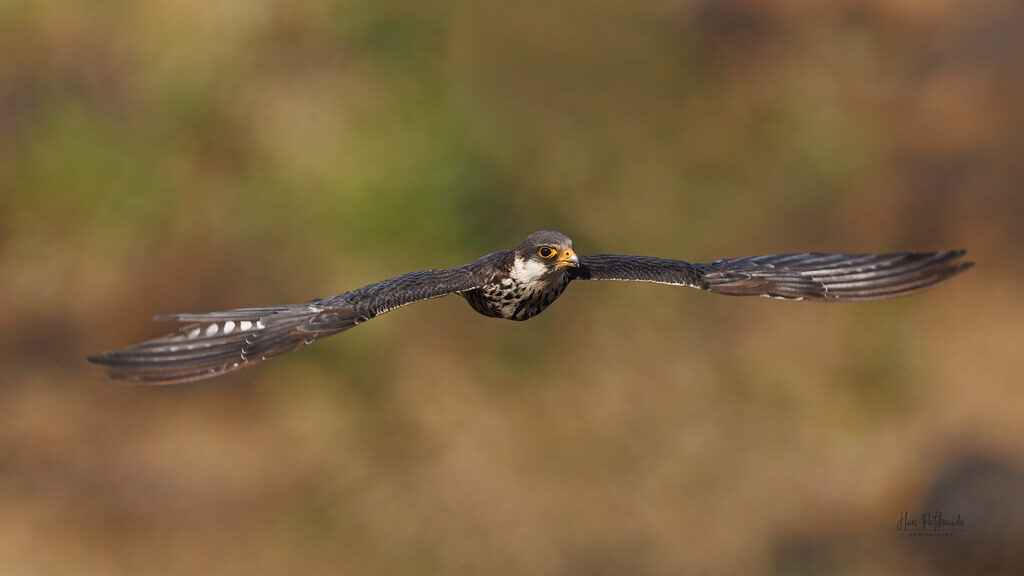
Birds don’t rely exclusively on stars—they’ve evolved remarkable redundancy in their navigation toolkit. Most migratory species employ a sophisticated combination of cues, including Earth’s magnetic field, visual landmarks, smell, polarized light patterns, and even infrasound. This multi-modal approach provides crucial backup systems when one navigation method becomes temporarily unavailable. Studies of night-migrating songbirds reveal they seamlessly switch to magnetic orientation when stars are obscured by clouds. Some birds, like homing pigeons, can navigate successfully even when transported to unfamiliar locations with completely different star patterns, highlighting their ability to prioritize and integrate various navigational inputs based on reliability and availability.
Short-Term Disorientation and Migratory Delays
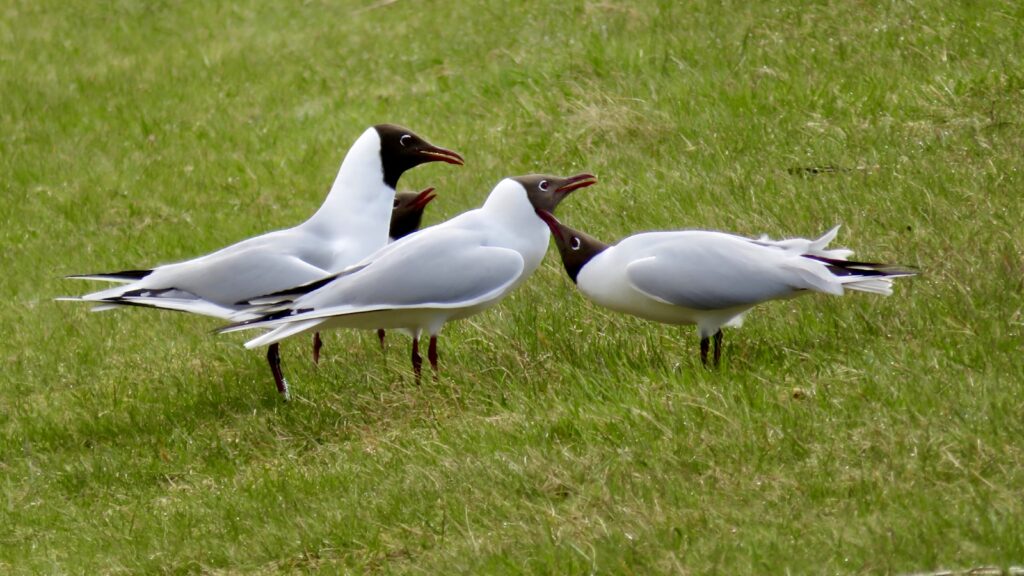
If stars suddenly disappeared, the immediate effect would likely be temporary disorientation, particularly for birds mid-migration. Species heavily dependent on stellar navigation, such as night-migrating songbirds, would experience the greatest initial disruption. Research tracking migrations during unusual celestial events or extremely cloudy periods shows birds often pause their journeys when star visibility is poor. These delays can last hours or even days as birds wait for clearer conditions or adjust to alternative navigation methods. For birds already familiar with their migration routes, this disorientation might be relatively brief as they calibrate their internal compass using other environmental cues.
Adaptation Through Behavioral Flexibility

Birds demonstrate remarkable behavioral flexibility when faced with navigation challenges. If stars permanently disappeared, many species would likely shift their migration patterns to daylight hours, leveraging solar navigation instead of stellar cues. Historical records show that some nocturnal migrants have temporarily switched to daytime flight during unusual atmospheric conditions that obscured night skies. This adaptation, while beneficial for navigation, comes with trade-offs: daytime migration increases exposure to predators and can alter energy expenditure patterns. Long-term studies of European blackcaps have documented populations shifting migration timing and routes in response to environmental changes, suggesting similar adaptations might occur if stellar navigation became impossible.
Species-Specific Vulnerability
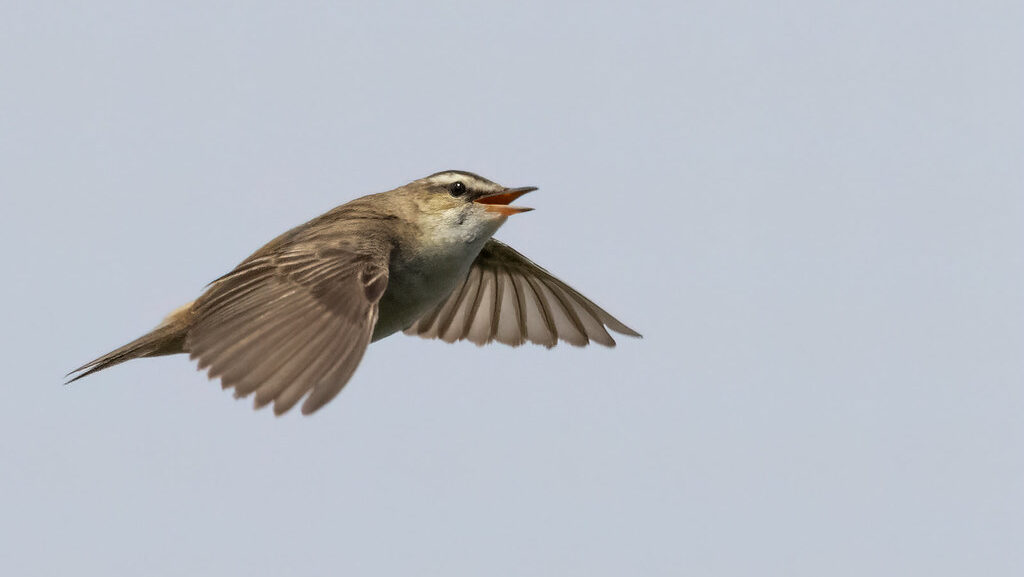
Not all birds would be equally affected by the disappearance of stars. Species that migrate primarily during daylight, like many raptors and storks, would experience minimal disruption to their navigation systems. Conversely, night-migrating songbirds such as thrushes, warblers, and buntings—which constitute the majority of long-distance migrants in North America and Europe—would face greater challenges. Pelagic seabirds like albatrosses and petrels, which navigate vast featureless oceans often using celestial cues, might be particularly vulnerable. Some Arctic-breeding species that undertake migrations during periods of midnight sun already navigate without stars for portions of their journey, suggesting pre-existing adaptations in certain populations that could become more widespread.
Generational Learning and Adaptation
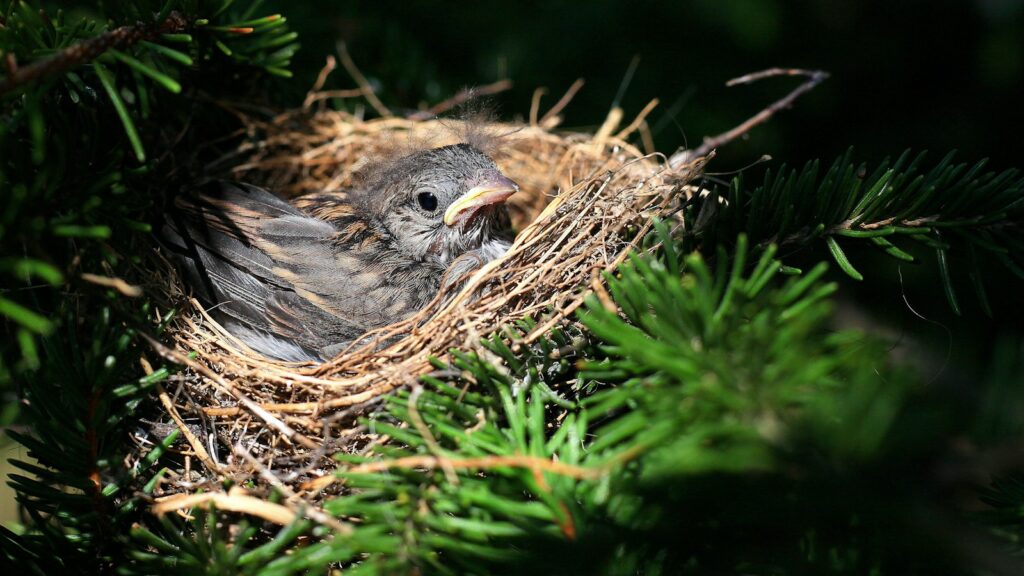
The ability to adapt to star absence would likely vary between experienced and first-time migrants. Juvenile birds undertaking their first migration often rely more heavily on innate directional preferences and celestial cues than adult birds. Without stars, first-year migrants would face steeper learning curves as they develop familiarity with alternative navigation methods. Over successive generations, selection would favor individuals with stronger non-stellar navigation abilities. Research on captive-bred whooping cranes follows this pattern—birds raised without exposure to night skies initially struggle with orientation but develop compensatory navigation skills over time. This generational adaptation suggests bird populations could gradually evolve enhanced reliance on magnetic, landmark, or other navigation systems within relatively few breeding cycles.
Geographical Differences in Impact

The consequences of star disappearance would vary dramatically across different geographical regions and migration routes. Birds crossing ecological barriers like oceans, deserts, or mountain ranges—where landmarks are scarce and magnetic anomalies can occur—would face greater challenges without stellar guidance. Species migrating along coastlines or river valleys might adapt more easily by increasing reliance on these prominent landscape features. Birds traversing the equator face unique challenges as they must switch from northern to southern hemisphere star patterns; without stars, these trans-equatorial migrants would need to depend more heavily on their magnetic compass. High-latitude migrants already contend with seasonal variations in star visibility due to the midnight sun phenomenon, potentially giving them pre-existing adaptations to star absence.
The Light Pollution Parallel

Artificial light pollution already creates a natural experiment in how birds respond to compromised stellar navigation. In heavily illuminated urban areas, stars are increasingly obscured, forcing birds to adapt their navigation strategies. Studies document birds becoming disoriented when flying over brightly lit cities, sometimes circling illuminated structures until exhausted. However, not all birds respond identically—some species appear to adjust by flying at higher altitudes above light pollution or shifting migration timing. Recent research suggests certain urban bird populations may be developing genetic adaptations to cope with light pollution, providing insight into how rapid evolutionary responses might occur if stars disappeared completely.
Population-Level Consequences
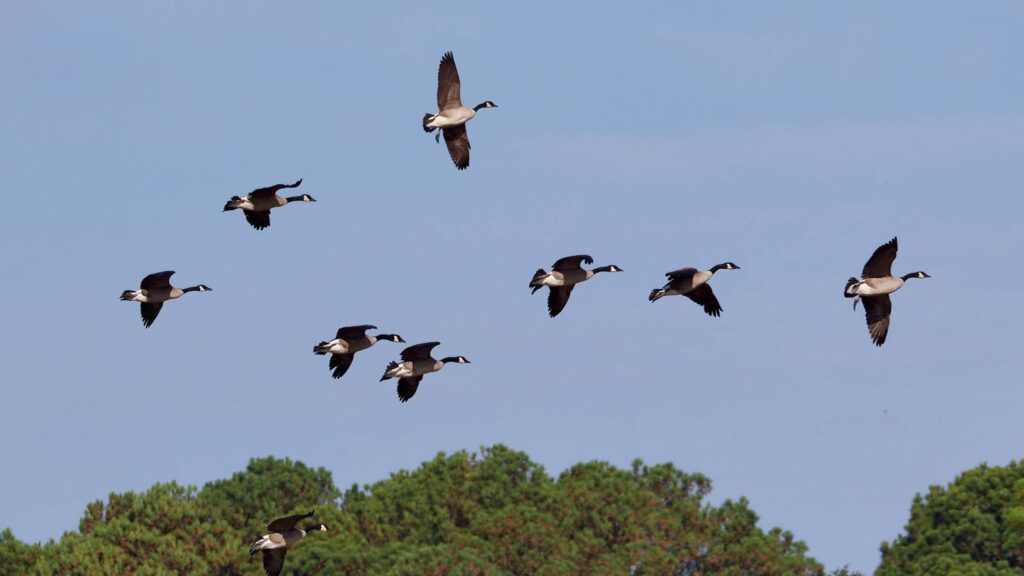
Beyond individual disorientation, the disappearance of stars could trigger broader population effects through reduced migration success. Initially, mortality rates would likely increase as birds expend additional energy searching for directional cues or make navigation errors. Species with narrow migration corridors or specific stopover sites might suffer more significant population declines if individuals cannot locate critical refueling areas. However, the selective pressure would quickly favor birds with stronger alternative navigation abilities, potentially leading to rapid evolutionary adaptation. Long-term studies of European blackcaps demonstrate how quickly migratory behaviors can evolve—within decades, new migration routes and timing have emerged in response to climate change, suggesting similar rapid adaptation might occur in response to star disappearance.
Ecological Ripple Effects

The disruption of avian migration patterns would extend far beyond the birds themselves, creating ripple effects throughout ecosystems. Many plant species depend on migratory birds for seed dispersal across long distances, while others rely on them for pollination. Any significant changes in migration timing or routes could desynchronize these plant-bird interactions. Predator-prey dynamics would shift as predators that target migrating birds adjust to new patterns, while insect populations normally controlled by migratory birds might experience temporary population booms. Studies of migration disruptions caused by severe weather events provide glimpses of these potential ecological consequences—when Hurricane Wilma intercepted fall migrations in 2005, researchers documented temporary ecosystem imbalances that persisted for months afterward.
Human Interventions and Conservation Implications

If stars disappeared, conservationists would face urgent questions about whether and how to intervene. Potential mitigation strategies might include creating artificial navigation aids along major flyways, such as specialized light beacons mimicking celestial patterns. Conservation efforts would need to prioritize protecting alternative navigation cues, such as reducing electromagnetic interference that disrupts birds’ magnetic sensing abilities. Wildlife managers might also need to implement supplemental feeding programs at traditional stopover sites to support birds making imprecise journeys. The challenges would extend to captive breeding programs, where techniques to train navigation abilities without stellar cues would become crucial for successful reintroductions of endangered migratory species.
The Magnetic Field Safety Net

Earth’s magnetic field would likely become the primary navigation backup if stars disappeared. Many migratory birds possess specialized cells containing magnetite that allow them to detect the planet’s magnetic field direction and intensity. This magnetoreception system functions independently of visual cues, providing crucial orientation information even in complete darkness or cloudy conditions. Research using radio tracking has shown that when celestial cues are unavailable, birds rely more heavily on magnetic orientation, though with somewhat reduced precision. The magnetic compass might not provide the exact same precision as stellar navigation for some species, but it offers a reliable alternative that would prevent catastrophic navigation failures across bird populations.
Future Research and Remaining Questions

The scenario of disappearing stars raises fascinating questions for ornithologists and conservation biologists. How quickly could different species adapt their navigation systems? Would certain migration routes become unviable without stellar guidance? Could artificial light patterns be developed to replicate crucial celestial navigation cues? Advanced tracking technologies, including miniaturized GPS devices and automated radio telemetry networks, now enable researchers to monitor bird movements with unprecedented detail. These tools could help scientists better understand how birds integrate different navigation cues and predict which species might struggle most without stars. Laboratory studies using controlled environments like planetariums continue to reveal the complex neural mechanisms underlying celestial navigation, potentially informing conservation strategies if stars become less visible.
Conclusion

While the complete disappearance of stars remains unlikely, gradual reduction in stellar visibility due to light pollution and atmospheric changes presents a genuine challenge for migratory birds. The remarkable adaptive capacity of birds—with their multiple, redundant navigation systems—suggests many species would ultimately find ways to compensate for lost stellar cues. Nevertheless, this scenario highlights the intricate connections between celestial phenomena and life on Earth. By understanding these relationships, we gain not only scientific insight but also a deeper appreciation for the evolutionary marvels that enable birds to navigate our shared planet with such precision, with or without stars lighting their way.
